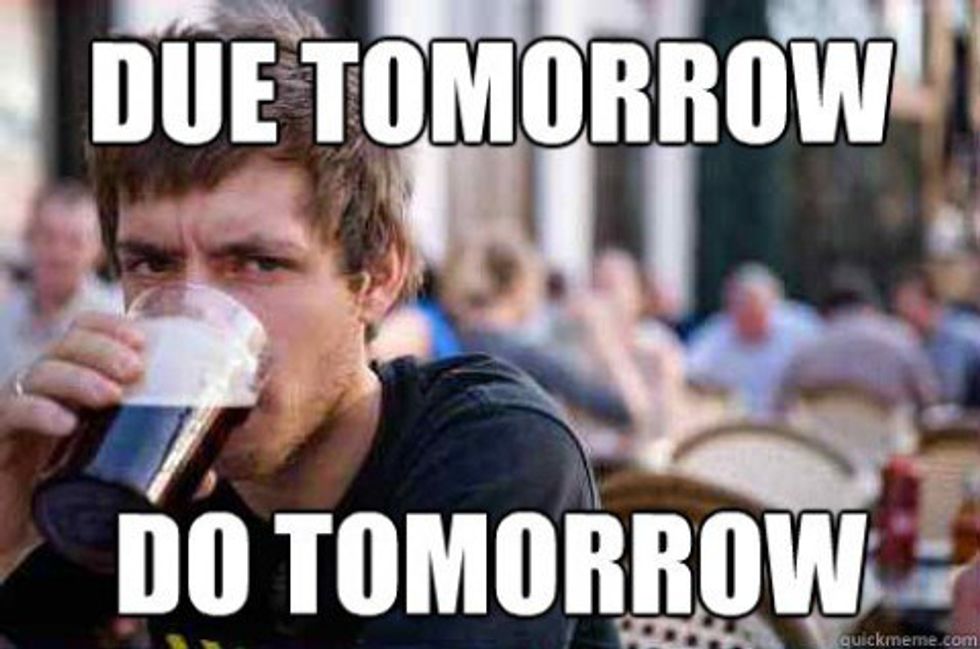With the up coming presidential elections, people are not afraid to share their opinions on certain issues and candidates, but when it comes time to vote, voter turnout is extremely low. In the 2012 election, 84.3 percent of registered voters voted. This percentage may seem pretty good, but you have to take into account that only 65 percent of the U.S. population of voting age is eligible to vote. Of the voting age population, only 54.9 percent voted in the 2012 election, and this statistic is a little more concerning. The United States ranks fifth in voter turnout in registered voters, but thirty-first in turnout among the voting-age population. Although this ranking is concerning for a country that is proud of its democratic heritage, it also has to be considered that some of the leading countries in voter turnout require voting by law, while in the United States, voting is a personal responsibility. Technicalities aside, in any democratic country, the turnout of registered voters and the voting age population should be close to 100 percent. The highest turnout out for the voting age population was 81.8 percent in 1876.
One of the reasons for low voter turnout in the United States is voter apathy. Most voters are under the impression that their participation in the election will not make a difference. In defense of apathetic voters, one vote will not sway an election, especially with the Electoral College. The Electoral College is an archaic system that has unfairly decided four elections; in 1824, 1876, 1888, and 2000, the winning candidate did not receive the most popular votes. Although the inclusion of the Electoral Vote weakens the strength of the popular vote, it does not give voters an excuse not to vote. A single apathetic voter does not affect an election, but a population of apathetic voters will.
In a country where the right to vote was not always guaranteed to all citizens, voting should not be taken for granted. This holds even greater for the 2016 election. The 2016 election could be decided by a portion of the population notorious for a low voter turnout. Eligible voters between 18 and 25 have the lowest voter turnout, but can have a significant effect. This was evident in the most recent Iowa Caucus. Young voters came out of the woodwork in support of Bernie Sanders to propel him to a virtual tie with Hillary Clinton. Most analyst counted Sanders out for the exact reason that the voters he appealed to had the lowest turnout.
Voter turnout is important and could make the difference for this upcoming election.

























